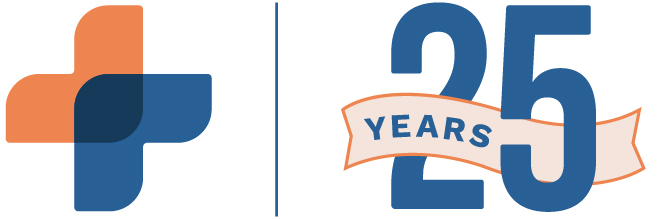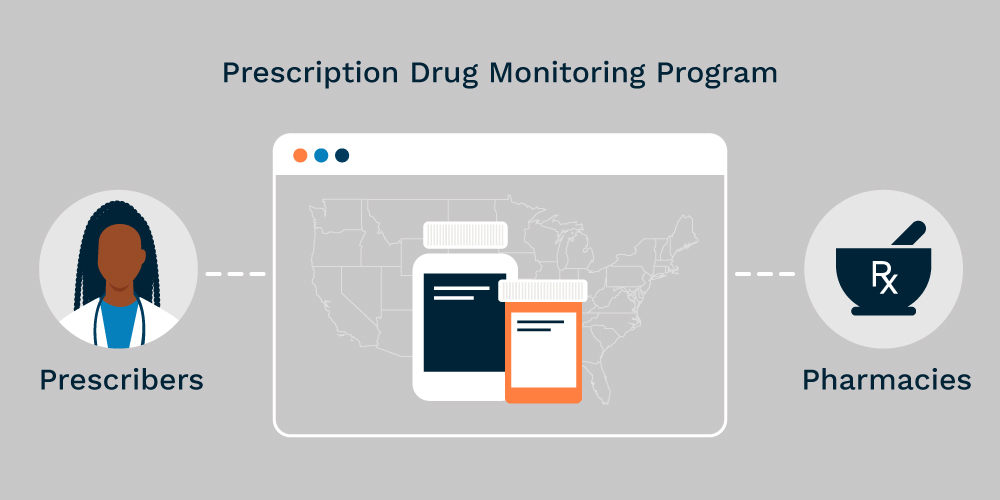Prescription Drug Monitoring Programs (PDMPs) are among the most eminent state-run interventions to combat the record-setting rise in U.S. drug overdose deaths. In June 2021, Missouri became the fiftieth and last U.S. state to implement a statewide PDMP or PMP system.
As a result, all U.S. states currently have some form of an active database, although not all states require their usage. Missouri’s effort to establish a statewide PDMP finally came to fruition after a decade of argument in the legislature. The SB 63 law establishes the Joint Oversight Task Force of Prescription Drug Monitoring, responsible for maintaining the dispensation information of prescribed controlled substances to patients within the state. Missouri Governor Mike Parson said, “SB 63 will help provide necessary information to health care professionals and empower them to make decisions that better serve their patients and assist in fighting the opioid epidemic in Missouri.”
In 2021 alone, drug overdose deaths increased by 30%. Using preventative measures like PDMPs can help the healthcare industry work with patients to subdue this national crisis. A BMC Health Services study noted that the mere presence of PDMPs is a reminder for providers to be careful when prescribing opioids. Overall, PDMPS are an essential tool to mitigate the effects of the opioid epidemic and should work in tandem with other drug overdose prevention programs, including the Electronic Prescribing of Controlled Substances (EPCS).
What is a PDMP and How Do They Work?
The Centers for Disease Control and Prevention (CDC) defines a PDMP as an electronic, state-run database that tracks controlled substance prescriptions. Though these programs are supported at the federal level, the parameters for each program are dependent on state-level implementation. PDMPs and PMPs can help healthcare providers identify patients who may misuse prescription opioids and are at risk for an overdose of a controlled substance.
The Prescription Drug Monitoring Program Training and Technical Assistant Center (PDMP TTAC) compiled state-specific profiles and contacts, including the latest information about each state’s PDMP functions and operations. In addition, you can view your state’s statutes, regulations, contact information, which TTAC consistently updates.
PDMPs collect data from pharmacies on the prescription drugs dispensed to patients. Clinical prescribers report to a PDMP each time a patient fills a prescription for a controlled medication, including dangerously addictive opioids. Providers must note the differences among PDMPs based on state-based funding and requirements. Several states require that healthcare providers review a patient’s history through the PDMP before prescribing controlled substances.
Another element that varies from state to state is the integration of PDMPs to EHR and eRx software. Depending on the state, RXNT offers physicians direct access to PDMP/PMPs with Appriss Health (now Bamboo Health) technology. To determine if your state can integrate with 3rd party software and whether that capability is funded, refer to this reference guide. Healthcare providers who use RXNT’s Electronic Health Records and Electronic Prescribing solutions will be better equipped to identify and prevent substance abuse.
Prescription Monitoring Programs Through the Ages
According to Pharmacy Times, the first paper-based PDMP was introduced by New York in 1918 and monitored prescriptions for cocaine, codeine, heroin, morphine, and opium. Pharmacists had to report a copy of the prescription to the health department within 24 hours. Next came California, which launched its PDMP over 20 years later in 1939.
The paper era of PDMPs continued until 1990 when Oklahoma became the first state to require the electronic communication of data. PDMPs continued to grow from the 1990s and to the early 2000s, with 70% of program regulations occurring in the early-mid 2000s. This growth was primarily due to the Harold Rogers Prescription Drug Monitoring Grant in 2003, which provided federal funding to states to establish their PDMPs.
Comparing PDMP and EPCS Programs
EPCS and PDMPs are both government-supported initiatives that monitor the administration of controlled substances.
EPCS began at the federal level as a proposal created by the Drug Enforcement Agency (DEA) and, like PDMPs, also varies by state. It facilitates and sets requirements around the electronic transmission of prescriptions written by clinicians—particularly Schedule II-V controlled substances—by streamlining the prescription process and generating a more transparent system for pharmacies to track the use of controlled substances. As of January 1, 2021, the SUPPORT Act requires states to comply with federal EPCS mandates. However, the Centers for Medicare and Medicaid Services (CMS) extended enforcement of EPCS to Medicare Part D until January 1, 2022, due to COVID-19.
PDMPs are similar in that they also support prescribers and physicians by offering real-time data that enables them to make more informed decisions about when to prescribe controlled substances and which medications can be prescribed based on history and interactions. By accessing the PDMP database, providers may access information about a patient’s history with controlled substances and determine which patients are at risk for potential misuse. Licensing boards benefit from PDMP data by using it to identify unusual prescribing habits from medical professionals.
The two programs complement each other in the fight against the opioid crisis by speeding up prescription dispensing, reducing health care management costs, and strengthening medication compliance. Healthcare providers can combine EPCS and PDMP to more accurately determine when a patient is abusing a controlled substance. These programs provide accurate and reliable data for approaching patients with clear signs of abuse, and more importantly, clinicians develop treatment options that are most useful to patients on their recovery path.
Streamlined PDMP/PMP Access With RXNT
RXNT offers direct access to state Prescription Drug Monitoring Programs from our Electronic Health Records (EHR), Electronic Prescribing (eRx), and Full Suite software, eliminating the need to access an external PDMP database website separately. PDMP integration provides complete access to your patients’ real-time medication history and supports the healthcare industry’s efforts to mitigate opioid abuse and addiction.
For over 20 years, RXNT has partnered with healthcare professionals across all sizes and specialties, facilitating over 79 million prescriptions. As a Surescripts award-winning and certified software, RXNT will help you stay ahead of the latest PDMP regulations and requirements.





